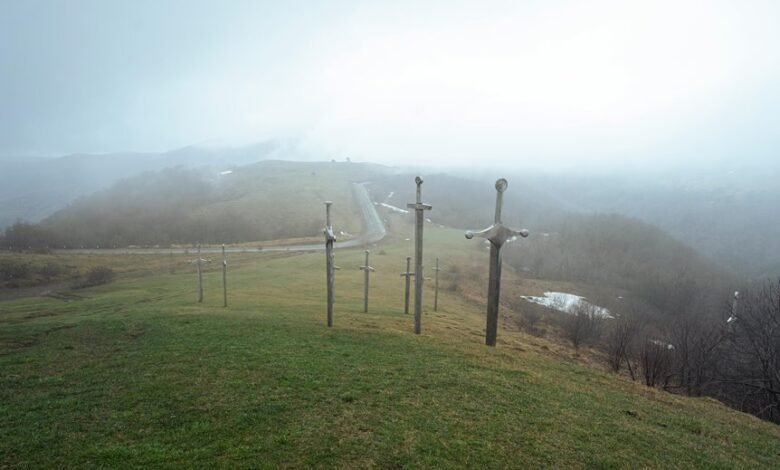Daskusza Exploration: Exploring Daskusza and Its Significance

Daskusza presents a complex interplay of geographical features, historical context, and ecological richness. Its varied topography influences local climate and agricultural practices. The region’s cultural heritage reflects a long evolutionary process shaped by diverse communities. Understanding these elements is crucial for assessing the implications for local populations and conservation efforts. This analysis raises important questions about sustainability and resource management in Daskusza’s future. What strategies will ensure the preservation of its unique identity?
Geographical Features of Daskusza
Although often overshadowed by its more famous neighbors, Daskusza presents a unique array of geographical features that significantly shape its environmental and cultural landscape.
Terrain analysis reveals diverse topography, ranging from rugged hills to fertile plains, influencing local climate patterns.
These variations foster distinct ecological niches, impacting agricultural practices and settlement patterns, ultimately contributing to the region’s identity and autonomy in the broader geopolitical context.
Historical Context and Cultural Heritage
As Daskusza navigated the tides of history, its cultural heritage evolved through a complex interplay of indigenous practices and external influences.
Historical landmarks stand as testament to this evolution, reflecting diverse cultural traditions that have shaped societal identity.
The preservation of these landmarks is crucial for understanding the region’s historical narrative, as they encapsulate the rich tapestry of Daskusza’s past and present.
Biodiversity and Natural Resources
The historical development of Daskusza has not only shaped its cultural identity but also fostered a unique biodiversity that reflects the region’s ecological history.
Ecosystem dynamics within Daskusza exhibit intricate interdependencies among species, influencing habitat stability.
Effective resource management strategies are essential to maintain this biodiversity, ensuring sustainable utilization of natural resources while preserving the delicate balance of the region’s ecosystems for future generations.
Implications for Local Communities and Conservation Efforts
Given the intricate relationships between biodiversity and local communities, the implications for conservation efforts in Daskusza are profound.
Effective community engagement is essential for fostering sustainable practices that balance ecological preservation with local livelihoods.
Conclusion
In conclusion, Daskusza stands as a microcosm of ecological and cultural richness, where the interplay of its geographical features fosters diverse habitats and agricultural practices. Notably, approximately 40% of the region is designated as protected areas, underscoring the commitment to conservation and sustainable development. This statistic reflects the vital role of local communities in preserving Daskusza’s unique identity, ensuring that its historical and natural treasures endure for future generations. The exploration of Daskusza reveals both challenges and opportunities for sustainable stewardship.




